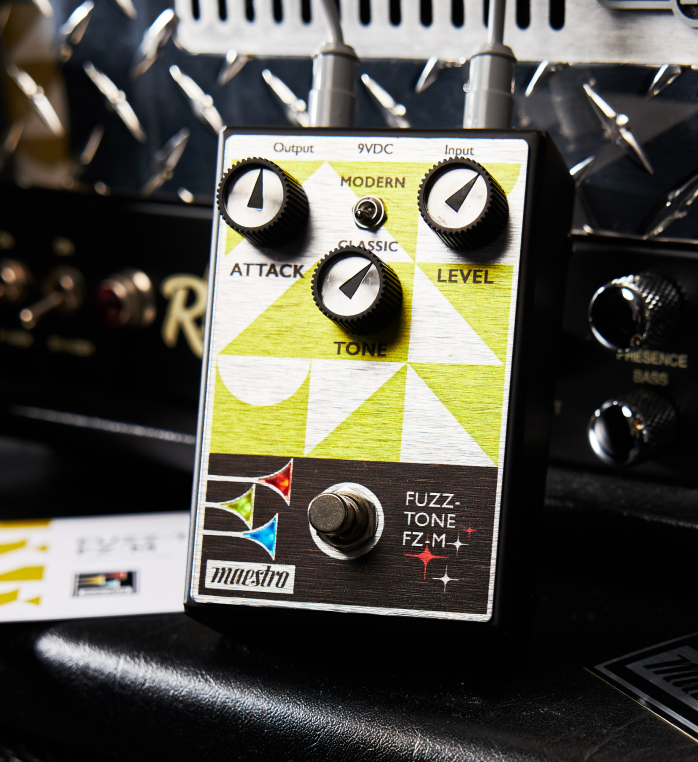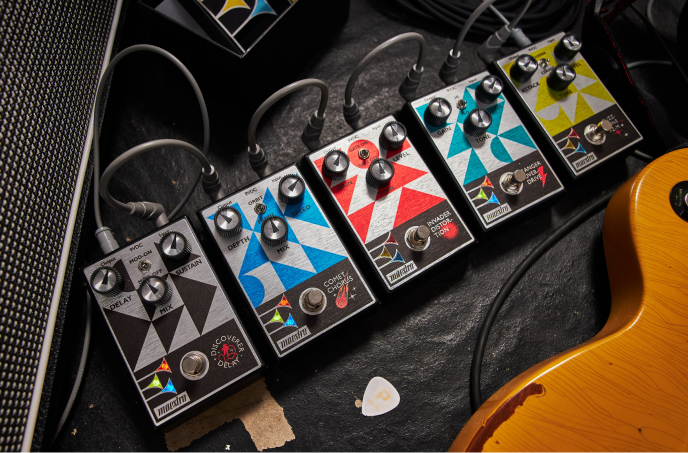FOUNDER OF EFFECTS
Maybe you’ve never heard of Maestro, but you’ve definitely heard Maestro. Starting with that opening Fuzz-Tone riff on the Rolling Stones’ “Satisfaction,’’ our pedals and effects have been used by the world’s best musicians and producers to shape the sounds that defined generations of music across genres. Recently relaunched and reenergized, Maestro is committed to continuing that legacy of empowering expression with a whole new world of sonic possibilities for you to explore.
VALUE PROPOSITION
Innovative
Original
Cutting Edge
Vibrant
CORE FANS
Sonic Sculptors
Instrumentalists of All Kinds
Producers
meet maestro Products

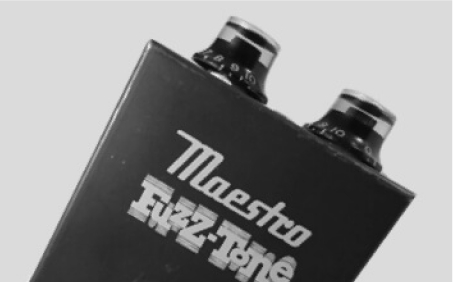
Maestro
HISTORY

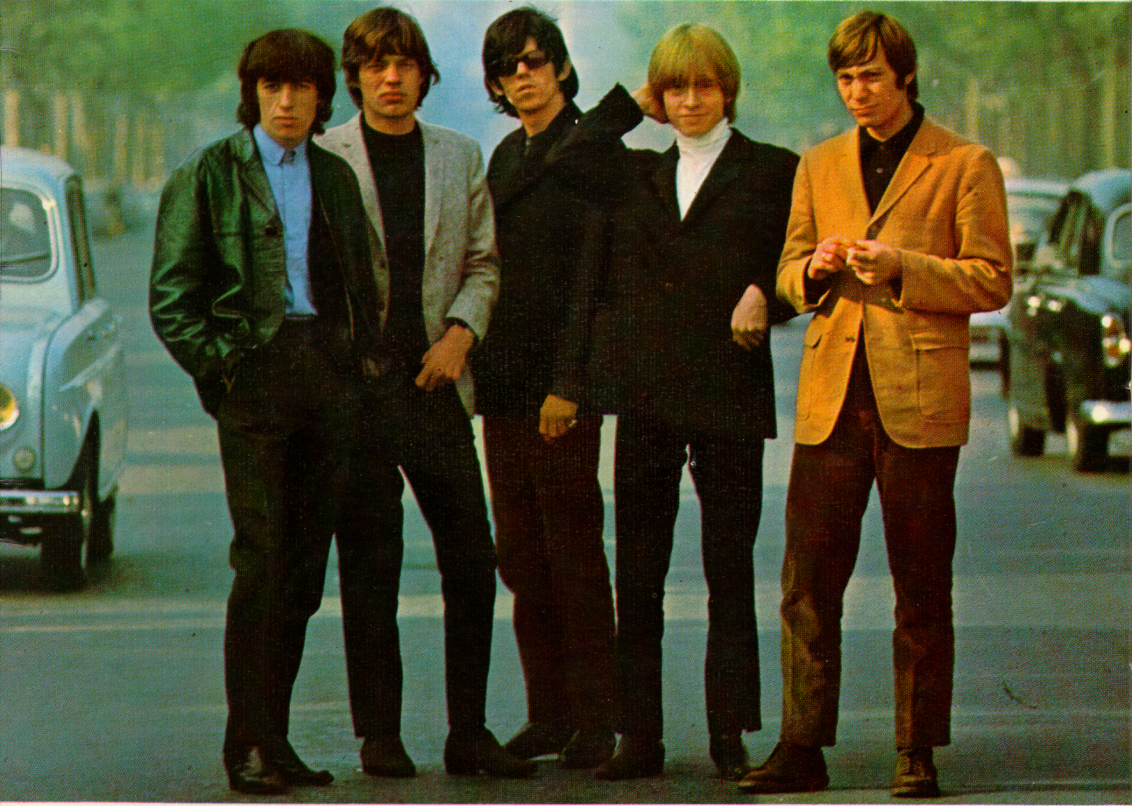
1960’s - 1970’s
Shaping Sound.
Developing a new pedal or effects machine is like designing a new color: You don’t know what you’ve invented until you see it in the hands of a hundred creative geniuses. From classic rock to outlaw country, from funk to film music and beyond, our brilliant gadgets have empowered talented artists to shape sounds since the space age.
THE FUZZ-TONE FZ-1 (1962)
Maestro releases the Fuzz-Tone, intended to conjure something resembling a horn sound, but it falls largely on deaf ears. But then Keith Richards plays it as a scratch track on the opening riff of the Rolling Stones “Satisfaction,” in 1965, the producer keeps it, and the sound of 60s rock never looks back.
THE BG-1 BOOMERANG WAH (1967)
This foot pedal looks like the accelerator of a muscle car, and it bends notes and chords into a round, wide “wah.” The effect will reach its funkiest heights when Charles “Skip” Pitts plays a Boomerang Wah-laced guitar on Isaac Hayes’ “Theme from Shaft.”
TOM OBERHEIM AND THE RING MODULATOR (1969)
Norlin, the new parent company of Gibson, hires legendary engineer Tom Oberheim, and begins marketing his ring modulator as the Maestro RM-1A. Its eerie, otherworldly sound is perfect for science fiction.

